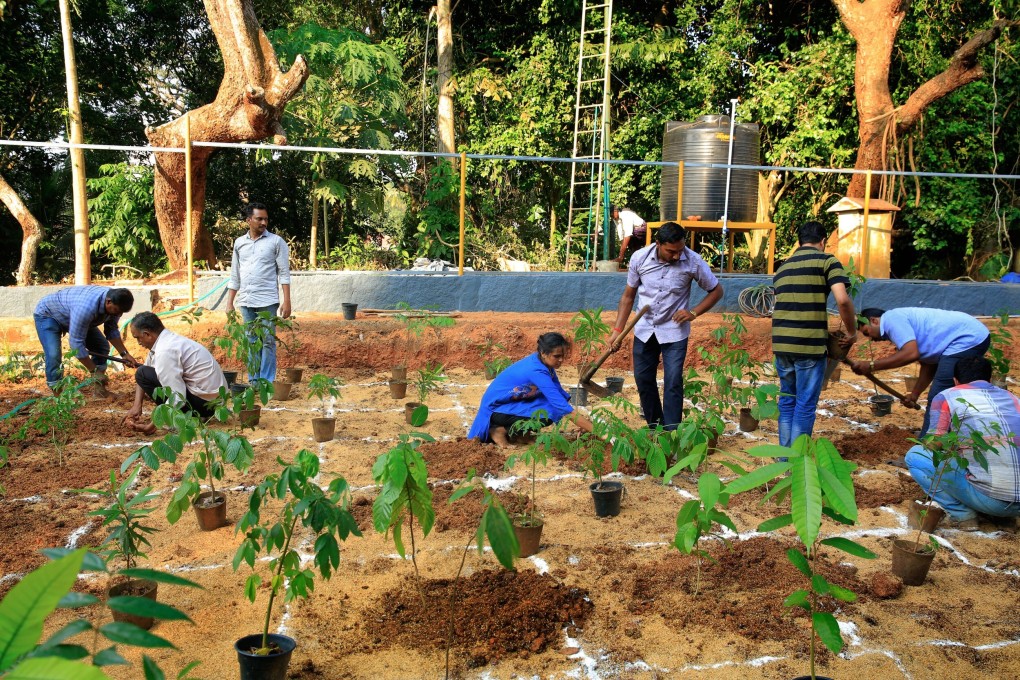How Japan’s tiny forests are helping cool India’s heat islands in major cities like Mumbai and Chennai
- Japanese ecologist Akira Miyawaki pioneered the method of cultivating pockets of green space in urban environments around the world
- Indian engineer Shubhendu Sharma became so fascinated with Miyawaki forests he built an algorithm to develop them more precisely

The land outside the Kotturpuram railway station in Chennai, on the South Indian coast, was once a barren stretch people avoided, filled with construction debris and rubbish. Today, it is lined with lush trees of jamun, neem, Java plum and teak, attracting birds, bees and butterflies.
Modelled on the concept devised by Japanese botanist and ecologist Akira Miyawaki, it is just one of the many miniature urban forests to have sprung up in major Indian cities.
For more than 40 years, the “Miyawaki method” has been employed around the world to transform urban spaces into tiny forests.

Sharma began studying Miyawaki forests and built an algorithm to help develop them more precisely. In 2011, he founded his own company, Afforestt, which specialises in the various steps required to create a Miyawaki forest, including procuring raw materials, conducting soil assessments and ultimately planting and maintenance.